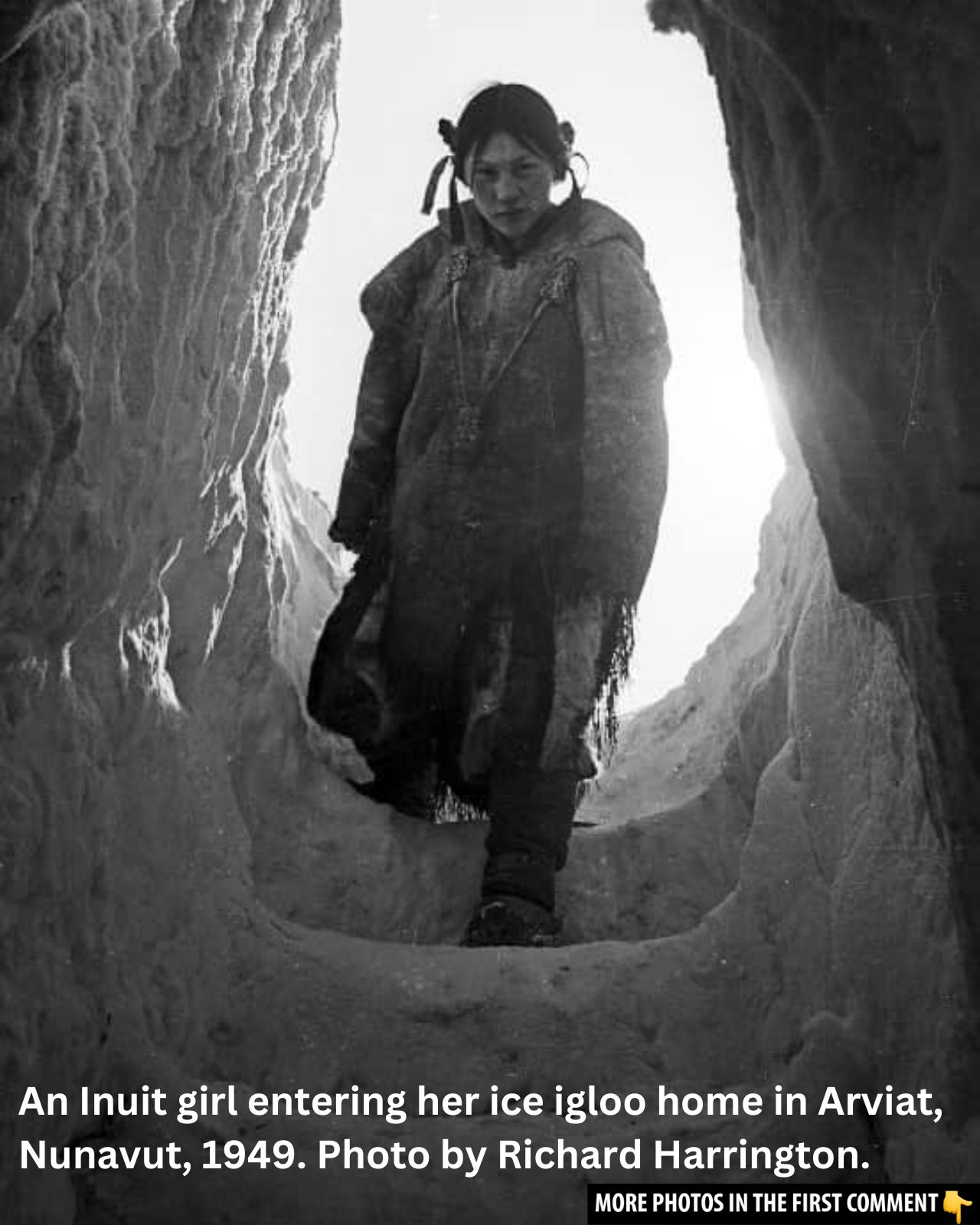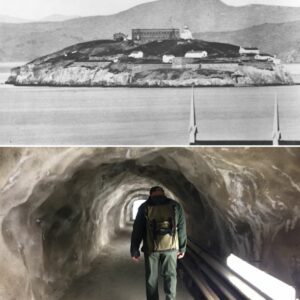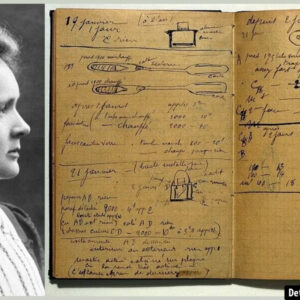At the turn of the 20th century, the Alaskan Inuit communities were undergoing significant transformation. The expansion of industries like mining, the encroachment of settler communities, and the changing political landscape meant that the traditional ways of life for many Native Alaskans were being threatened. During this period of upheaval, the Lomen Brothers—a family of photographers who had moved from Minnesota to Nome, Alaska—stepped in to document the lives of the Inuit people. Their stunning photography preserved a rich cultural heritage at a time when change seemed inevitable. This article explores the Lomen Brothers’ impact on Alaskan history through their photographs, the Inuit communities they documented, and the stories behind their iconic portraits.
The Lomen Bros: From Minnesota to Nome, Alaska
The Lomen family, originally from Minnesota, moved to Nome, Alaska, in 1903, seeking new opportunities. In Nome, they quickly established a thriving business empire that included a clothing store, pharmacy, stationery store, meatpacking, and, notably, a photography studio. Their photography business, under the name Lomen Brothers Co., became a significant presence in Nome and beyond. They not only took photographs of the local gold rush and the booming mining operations but also dedicated a portion of their work to documenting the indigenous Inuit tribes of Alaska.
As the Lomen Brothers grew their business, they purchased negatives from other photographers to reissue under their own studio name. This allowed them to amass a large portfolio of photographs that captured not only the rugged landscape of Alaska but also the rich traditions of the indigenous people. These photographs, many of which focused on Inuit men, women, and children, provided a rare and intimate glimpse into a culture that was facing pressures from modern society. The Lomen Brothers were not just photographers; they were cultural historians, preserving a vanishing way of life.
Video
Watch The Incredible Origins and History of the Inuit People to learn about their fascinating history and culture. Don’t miss it!
The Inuit People: A Look at Their Culture and Traditions
The term “Eskimo,” though still used in some regions of Alaska, is increasingly regarded as pejorative. The Inuit people, including the Inupiat and Yupik, have lived in the harsh climates of the Arctic for thousands of years. These resilient people adapted to their environment by relying on hunting and fishing as their primary means of sustenance. Caribou, seals, whales, and seabirds were essential sources of food, and the Inuit people developed sophisticated methods for hunting these animals, including harpoons, kayaks, and larger umiak boats for whale hunting.
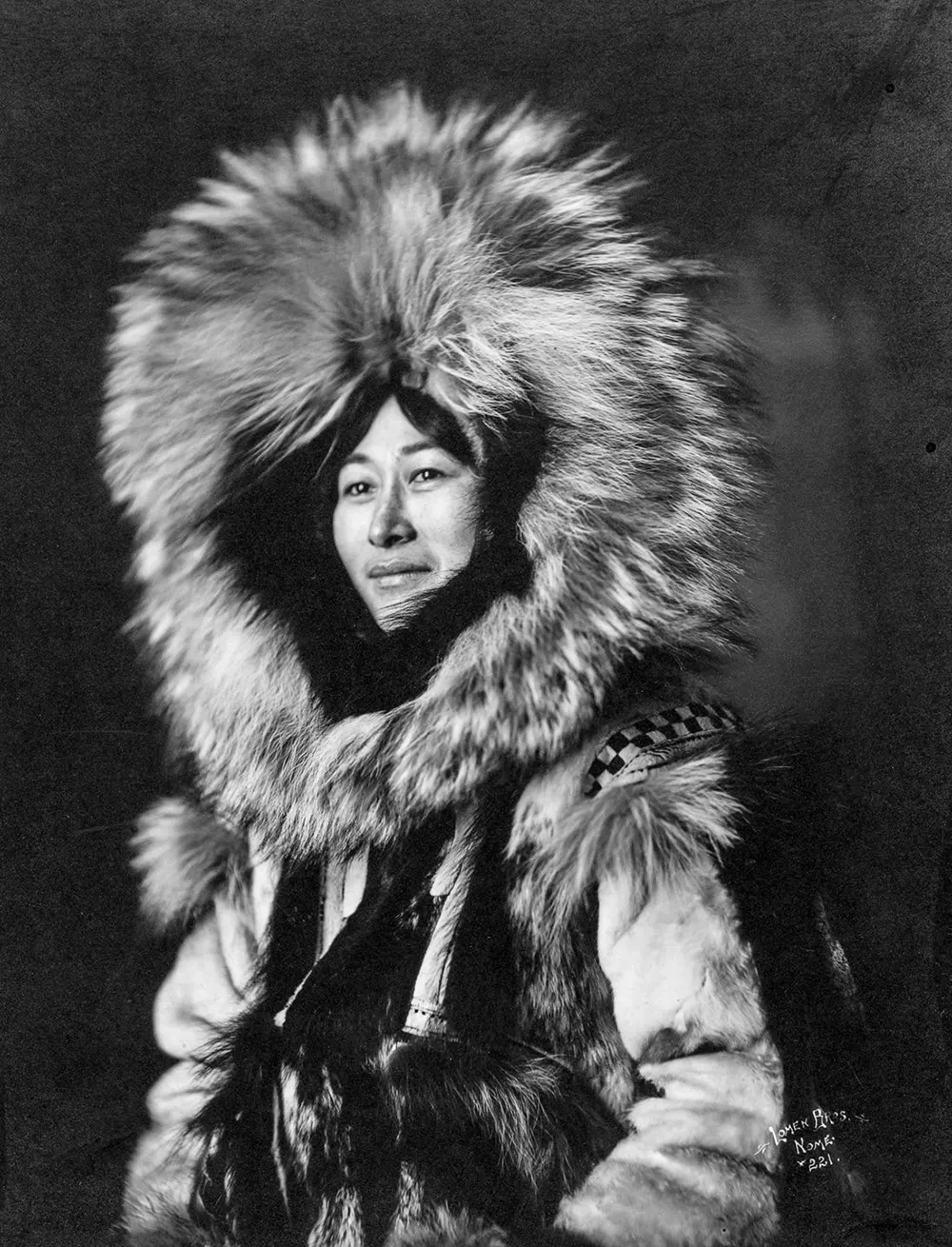
In winter, Inuit families lived in igloos or semisubterranean homes made of stone or sod, designed to protect them from the biting cold. In the summer, many Inuit families resided in animal-skin tents, where they continued their seasonal hunting and fishing practices. Their social structure was traditionally centered around the nuclear family, and they held animistic beliefs that honored the natural world and its spirits.
The Inuit way of life was shaped by their surroundings and the animals they relied on for survival. However, as modern industries like mining and settlement spread across Alaska, the Inuit way of life began to change. These traditional practices faced pressure from the influx of gold miners and settlers, and many Inuit communities were gradually forced to abandon their semi-nomadic lifestyle.
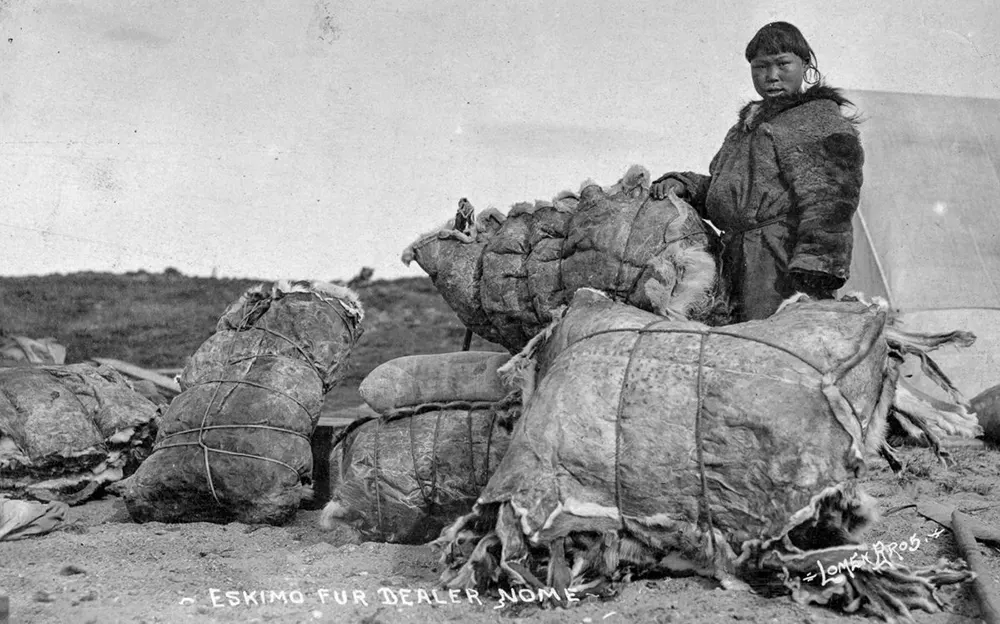
The Lomen Bros’ Photography: A Glimpse into a Changing World
The Lomen Brothers’ photographs are now considered invaluable artifacts of a disappearing culture. They captured Inuit men and women in traditional attire, hunting, and performing daily activities. Their portraits offer a unique perspective on the customs, clothing, and lifestyles of the Inuit people at the turn of the century.
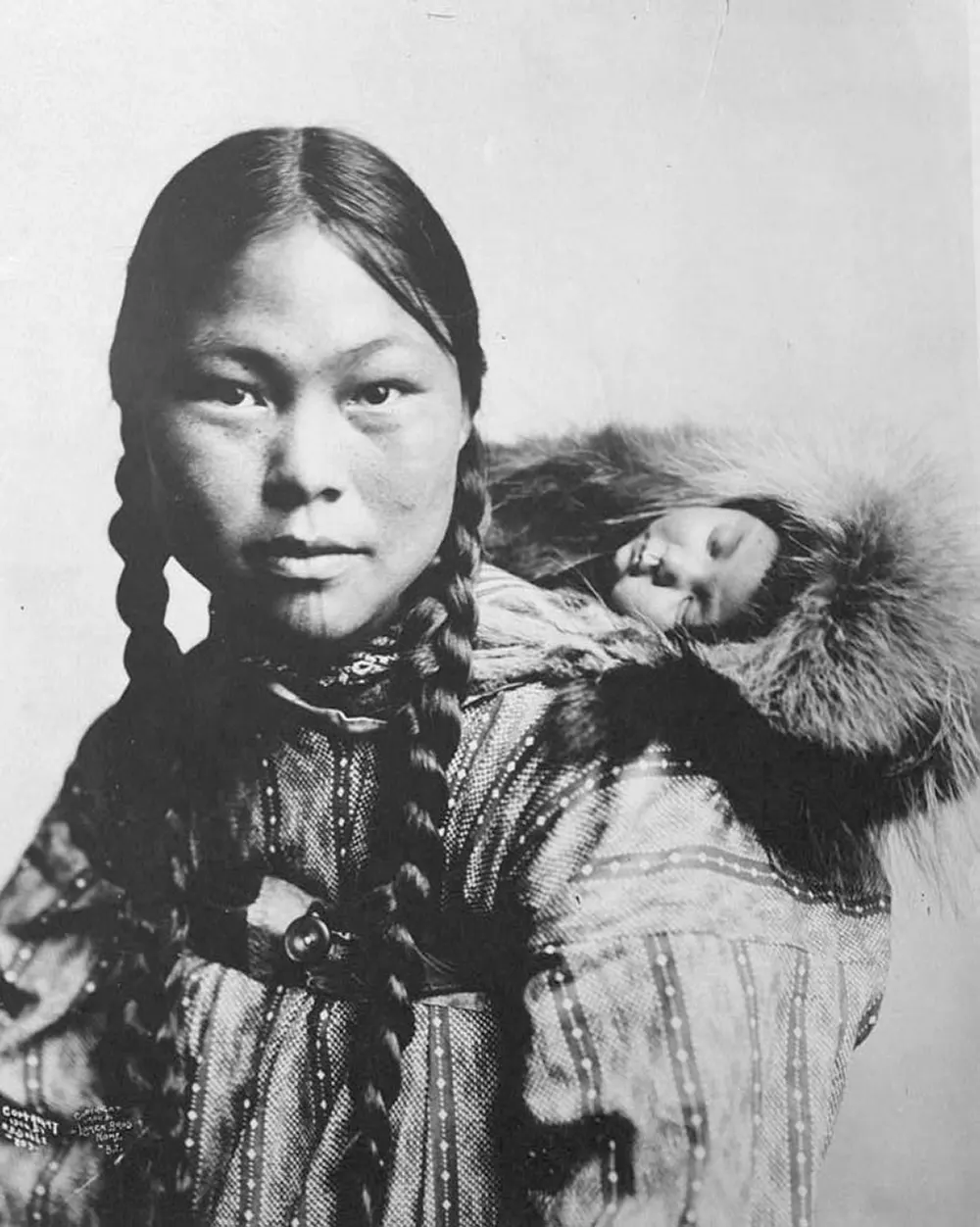
One of the most iconic subjects of the Lomen Brothers’ photography was the Inuit family. The photographs often depicted men, women, and children in their natural environment, showcasing the strength and resilience of the people. The Inuit were photographed hunting caribou, fishing, and participating in traditional ceremonies. The women were often depicted weaving fabrics or preparing food, while the men posed with their tools of survival: harpoons, kayaks, and rifles. These images not only provided a record of Inuit life but also helped to humanize a people who were often misunderstood or marginalized by the outside world.
In addition to these intimate portraits, the Lomen Brothers also documented the impact of outside forces on the Inuit communities. As the gold rush took hold of Alaska, mining operations, dogsled teams, and aviation appeared in their photographs. These images of gold miners, adventurers, and settlers juxtaposed against the quiet, traditional lives of the Inuit served as a poignant reminder of the changes sweeping through the land.
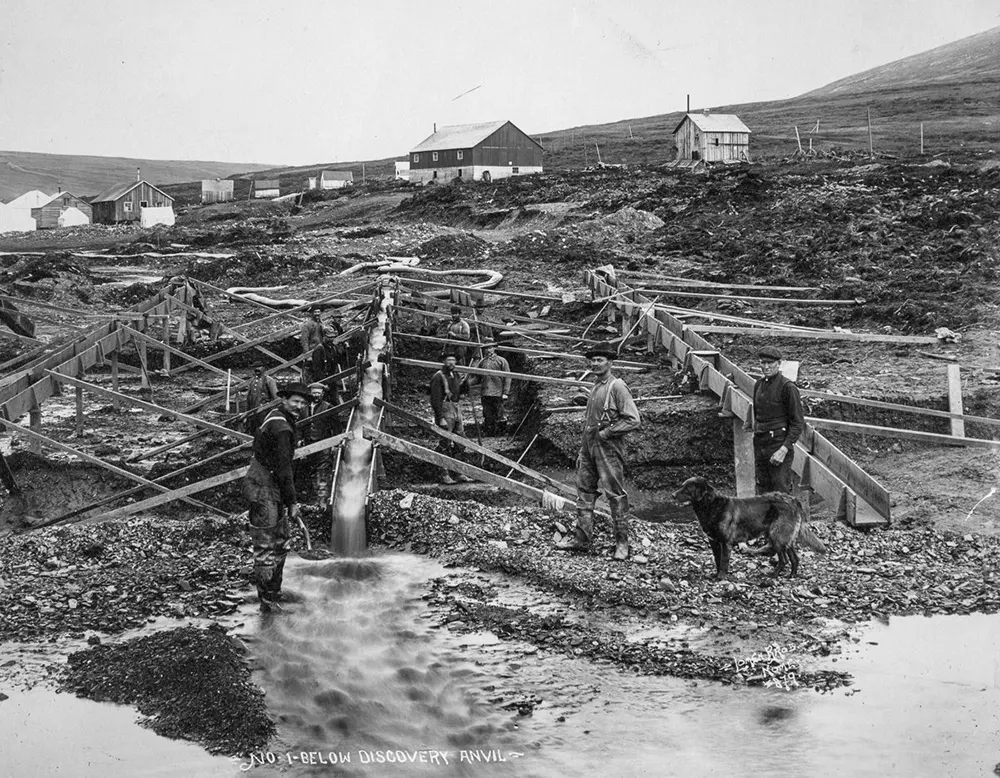
The Lomen Bros’ Legacy: Preserving Alaskan History Through Photography
By 1934, a fire destroyed the Lomen Brothers’ studio in Nome, along with a significant portion of their photographic catalog. Between 25,000 and 30,000 negatives were lost, and only around 3,000 survived. Despite this tragic loss, the remaining negatives and photographs continue to serve as an invaluable record of Alaska’s history and the lives of its indigenous people. The Lomen Brothers’ photographic legacy is now housed in various institutions, including the University of Alaska Fairbanks, where it serves as an important resource for scholars studying the history of the region and the Inuit people.
The photographs not only document the lives of the Inuit but also offer a glimpse into the complex relationships between indigenous peoples and the encroaching settler culture. The photographs of Inuit communities stand as a testament to a way of life that was rapidly disappearing under the weight of modernization and industrialization.
Reindeer Industry and the Lomen Family’s Economic Ventures
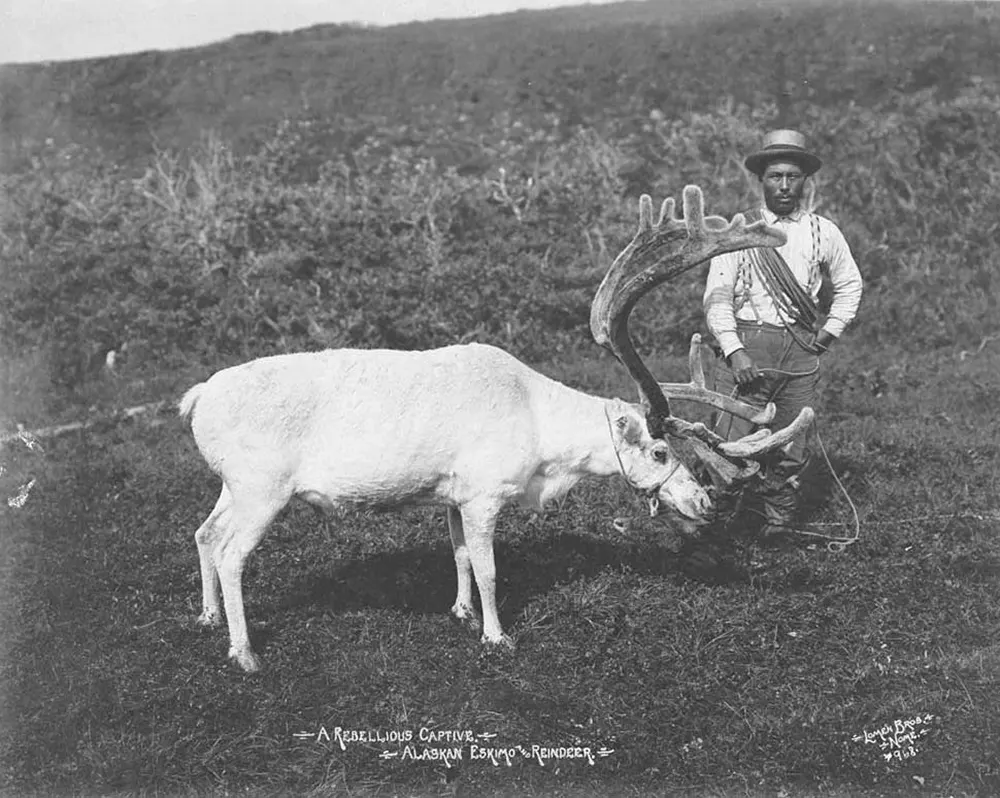
The Lomen Brothers were also involved in the reindeer herding industry, which had a significant impact on the local Inuit economy. During the 1920s and 1930s, the Lomen family purchased large reindeer herds and established a vast infrastructure for slaughterhouses and processing facilities. Their success in crossbreeding caribou and reindeer enabled them to dominate the reindeer meat and skin market, ultimately driving small Inuit farmers out of the competition.
However, government intervention in the late 1930s, which mandated that all Alaskan reindeer herds be returned to the Bureau of Indian Affairs, led to the collapse of the Lomen’s reindeer business. This shift further altered the economic landscape for many Inuit families, who were now compelled to adapt to new ways of life.
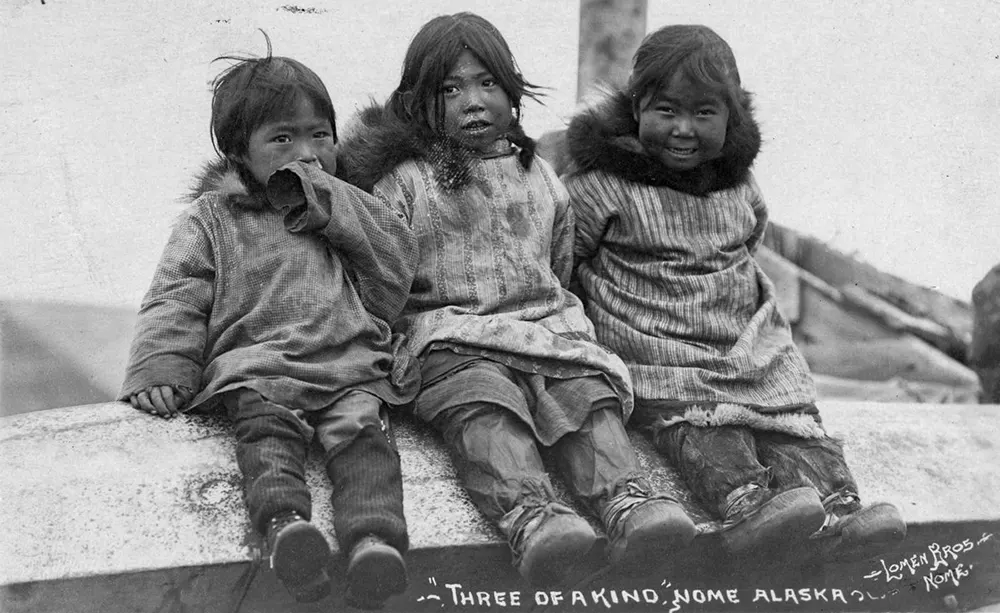
Conclusion: Preserving the Inuit Legacy Through Photography
The portraits taken by the Lomen Brothers continue to provide an essential link to the past. As the Inuit people navigated the challenges of modernization, these photographs stood as a record of their cultural identity and resilience. The Lomen Brothers were not merely photographers; they were cultural preservationists who helped safeguard the stories of the Inuit people at a time when those stories were at risk of being lost forever.
These photographs offer a rare and invaluable glimpse into the past, allowing future generations to understand and appreciate the history and culture of the Inuit people. The Lomen Brothers’ legacy endures through their work, reminding us of the enduring strength of the Inuit people and their continued role in shaping Alaska’s history.
Gallery: Stunning Portraits of Inuit Life by the Lomen Bros
Explore the visual legacy of the Inuit through the Lomen Brothers’ stunning portraits. From intimate family moments to scenes of hunting and traditional activities, these images provide a rare look into the life of Alaskan Inuit communities in the early 20th century.
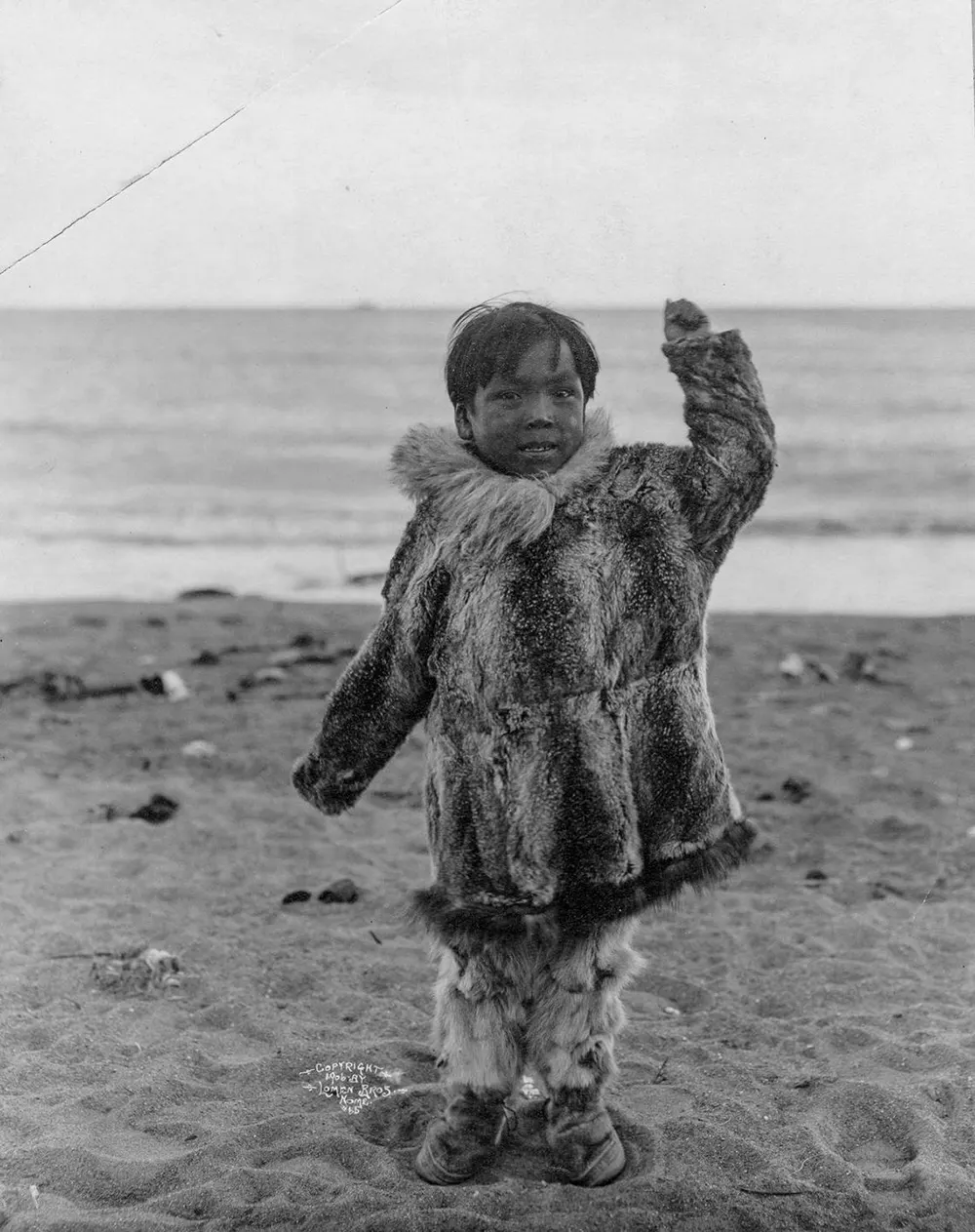

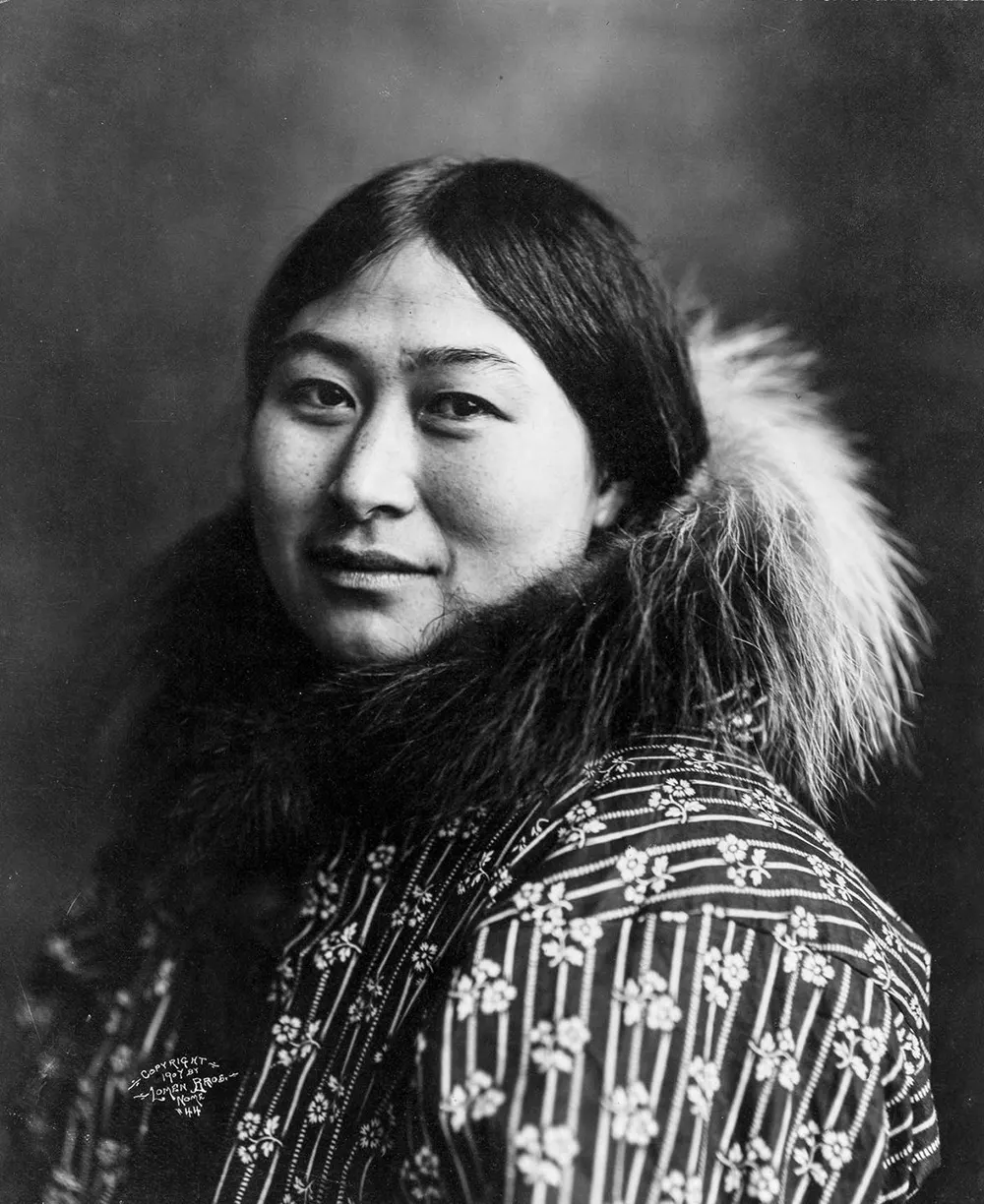

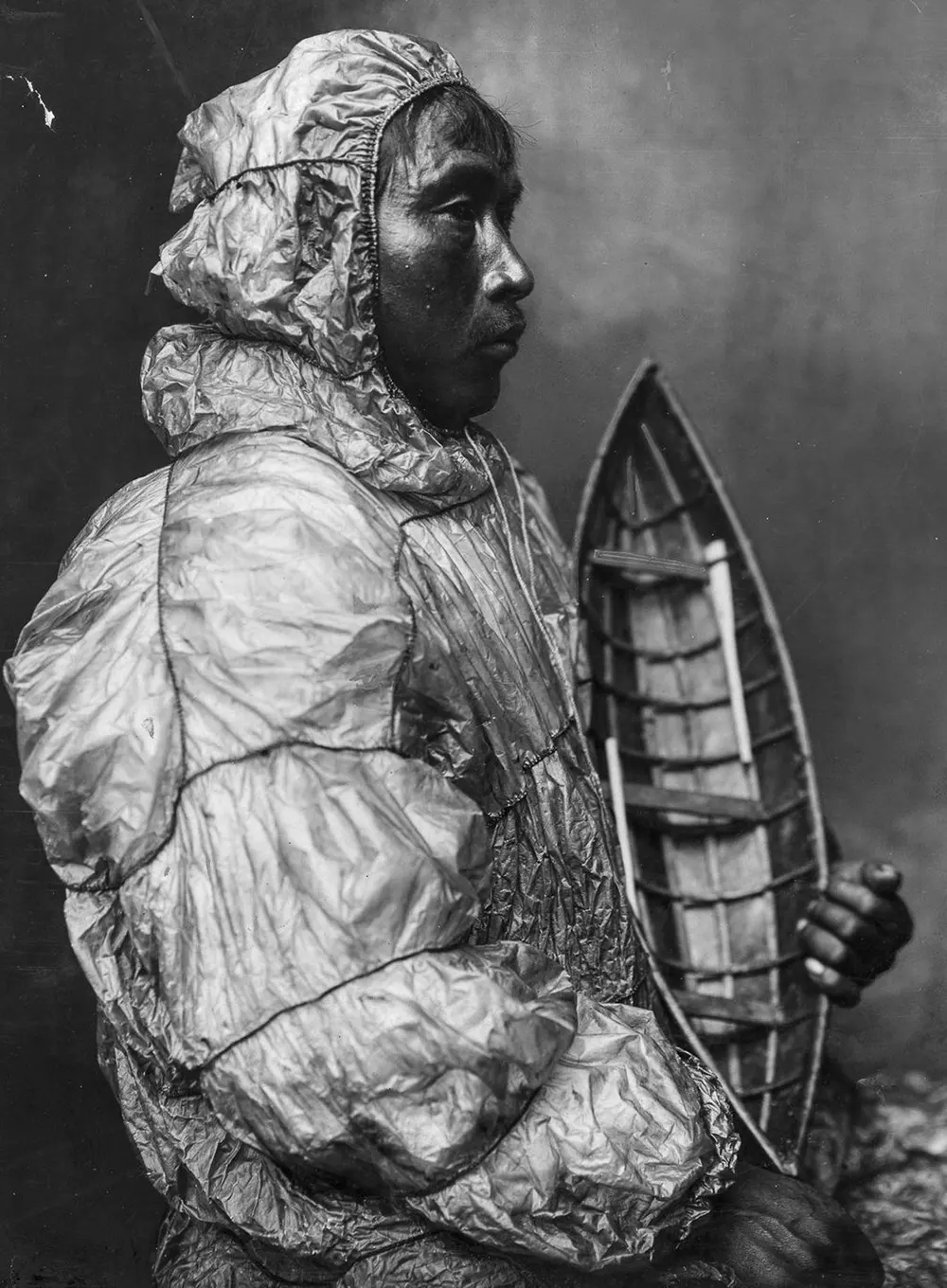


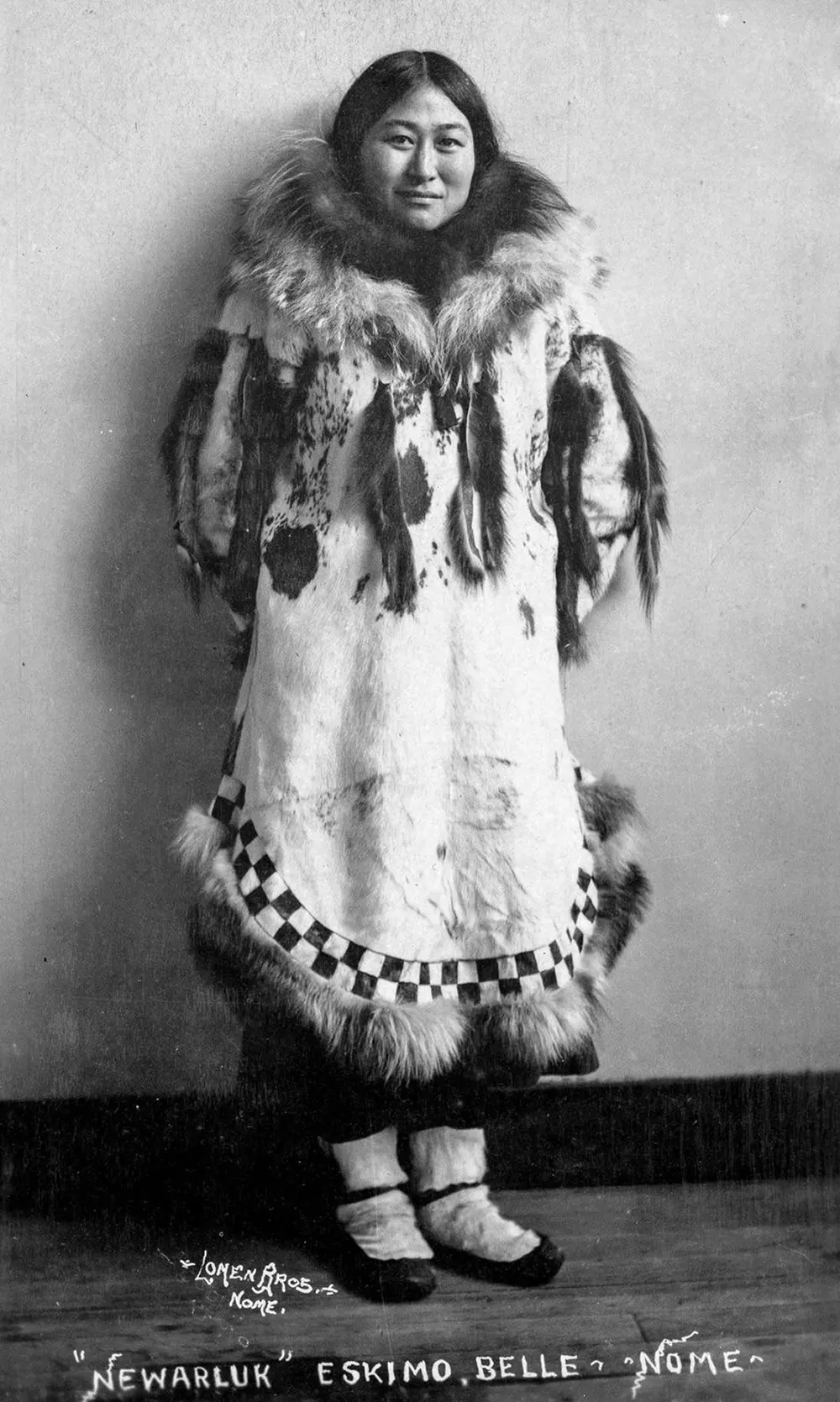
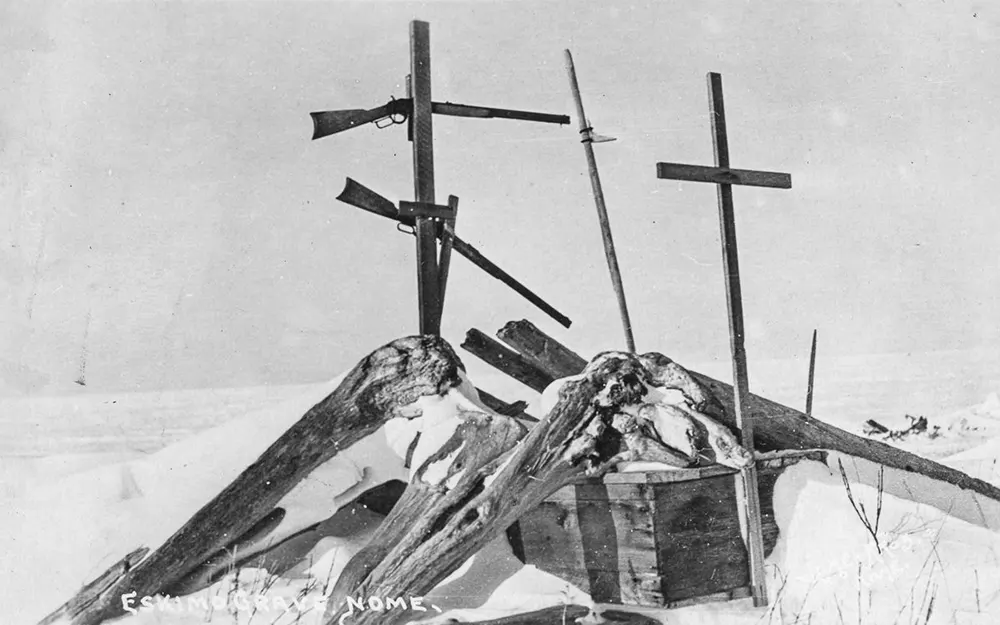
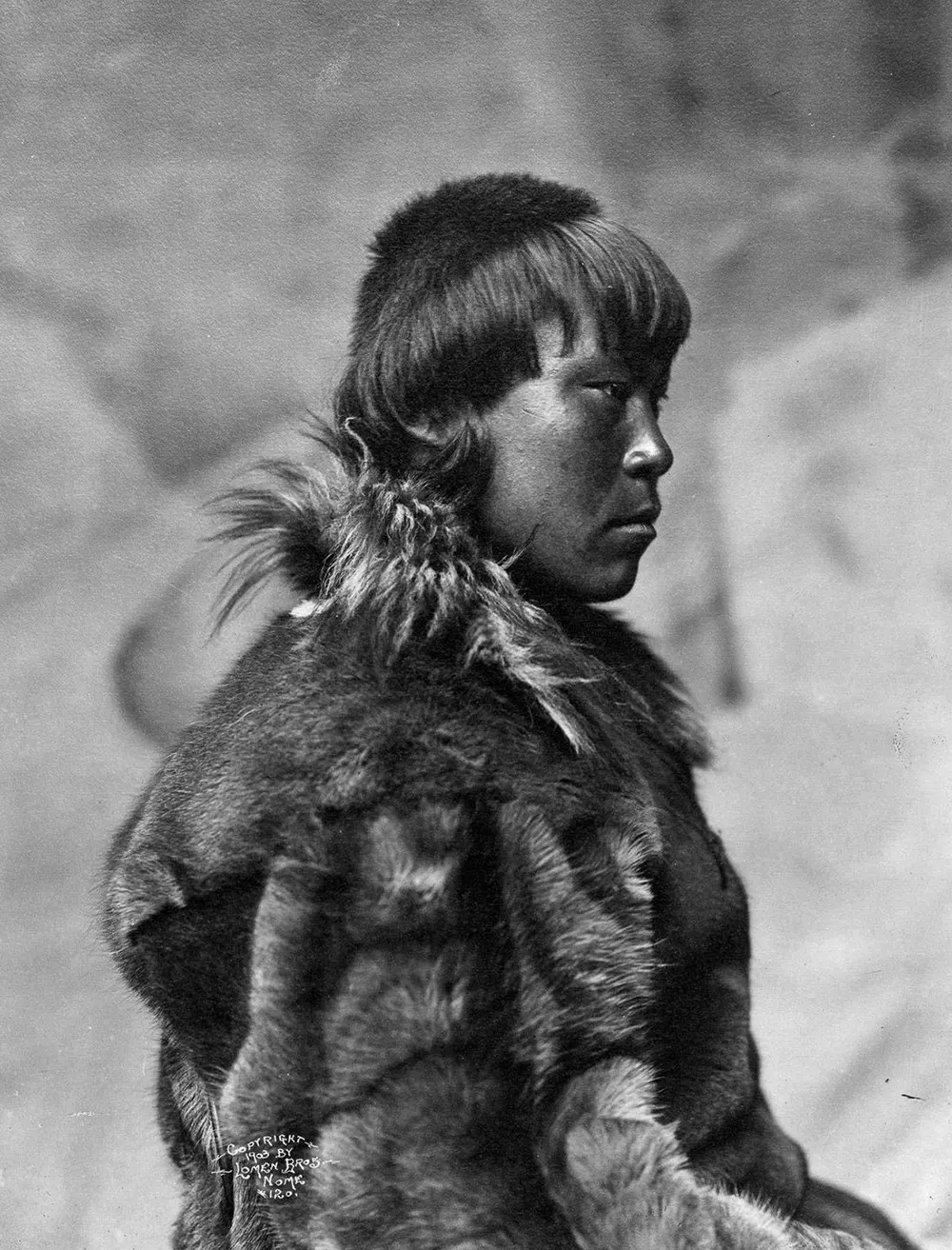
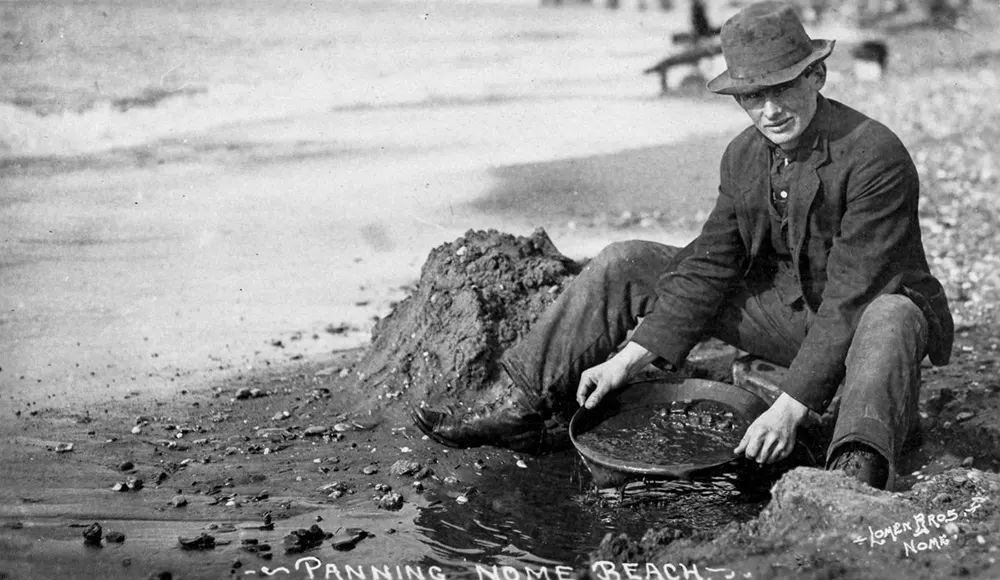
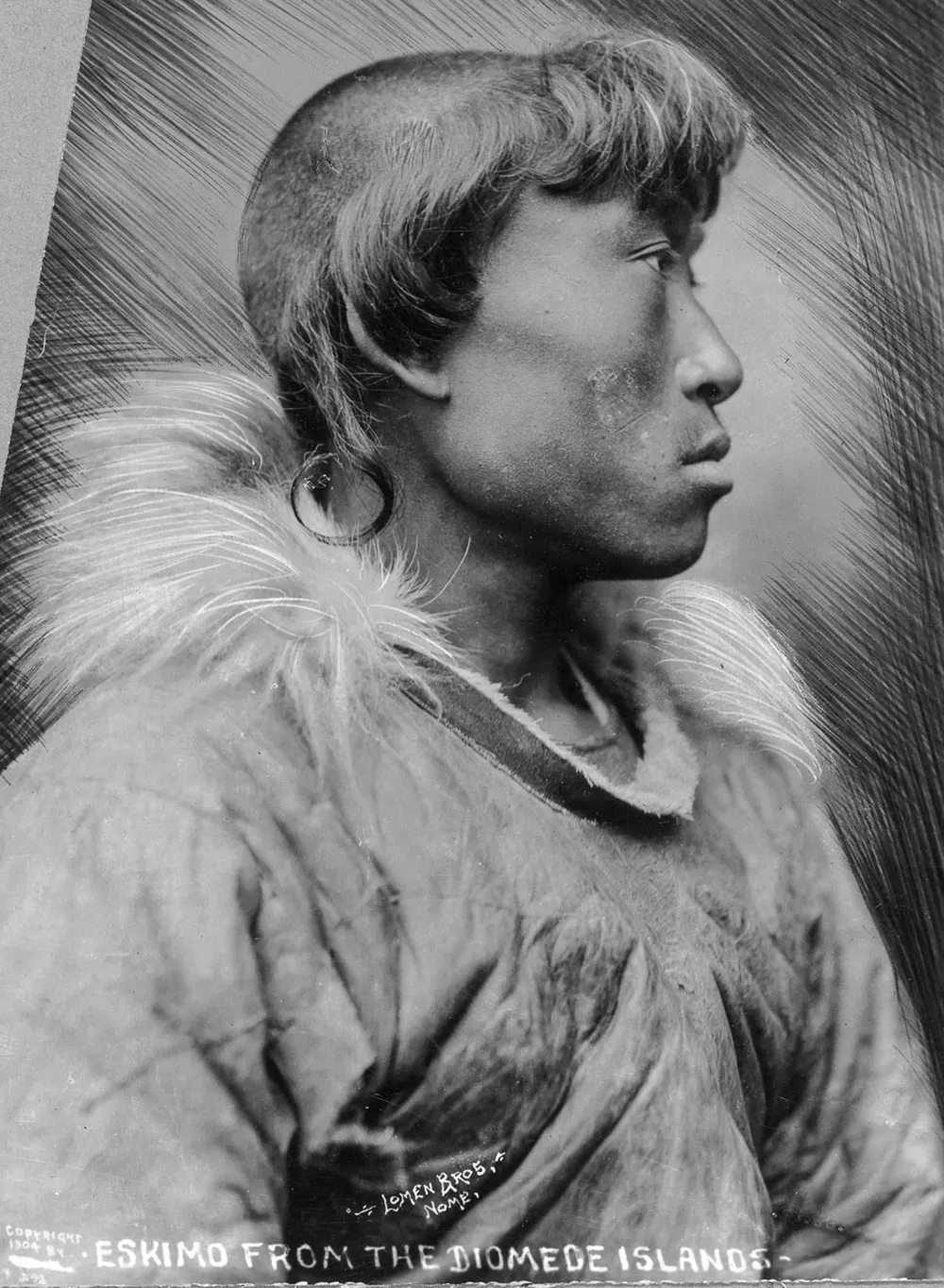
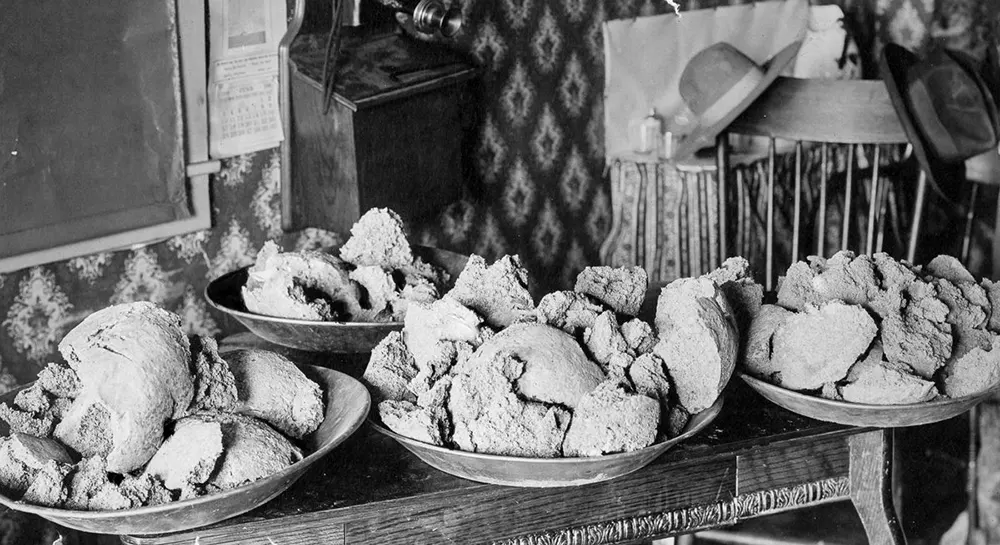
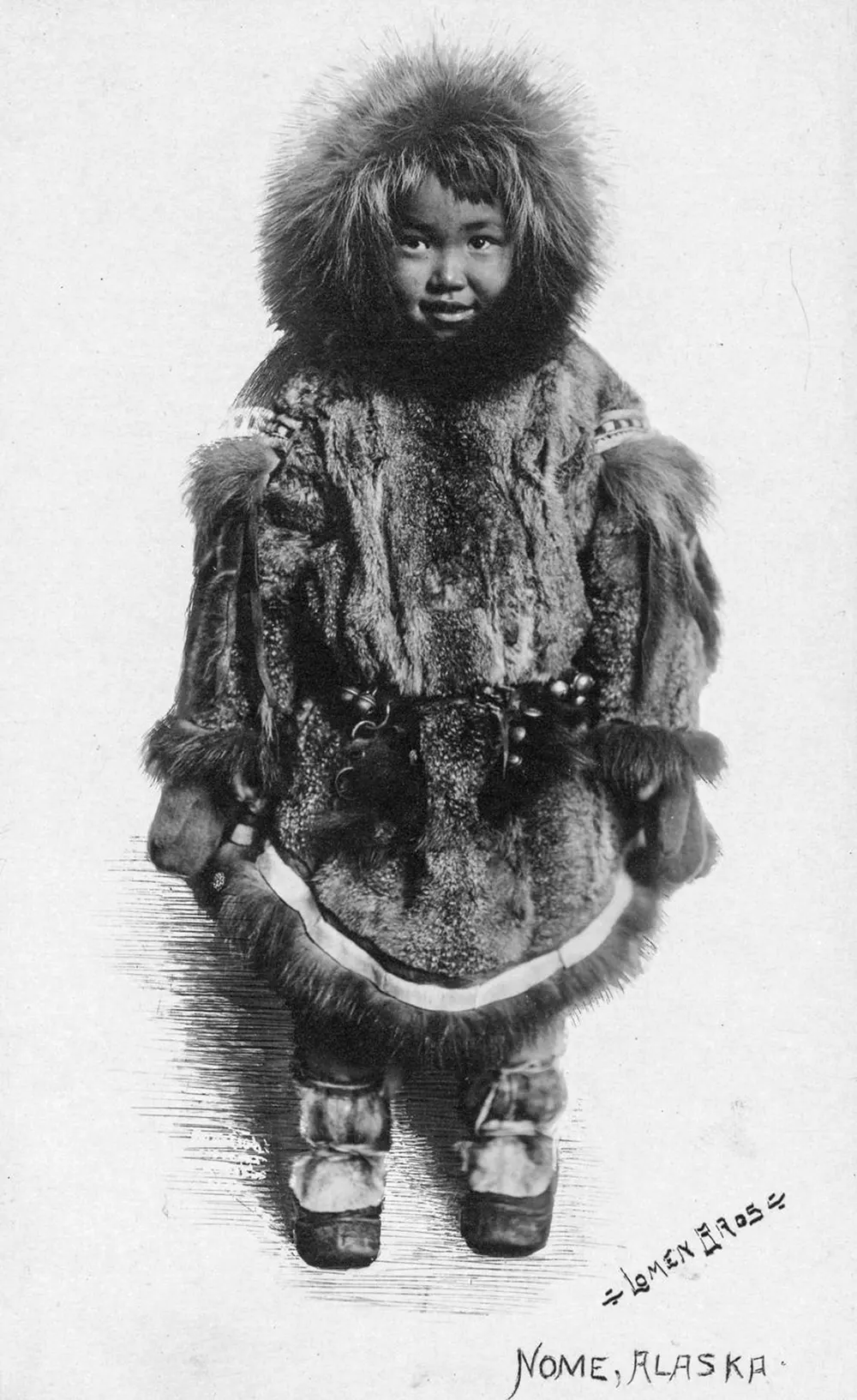
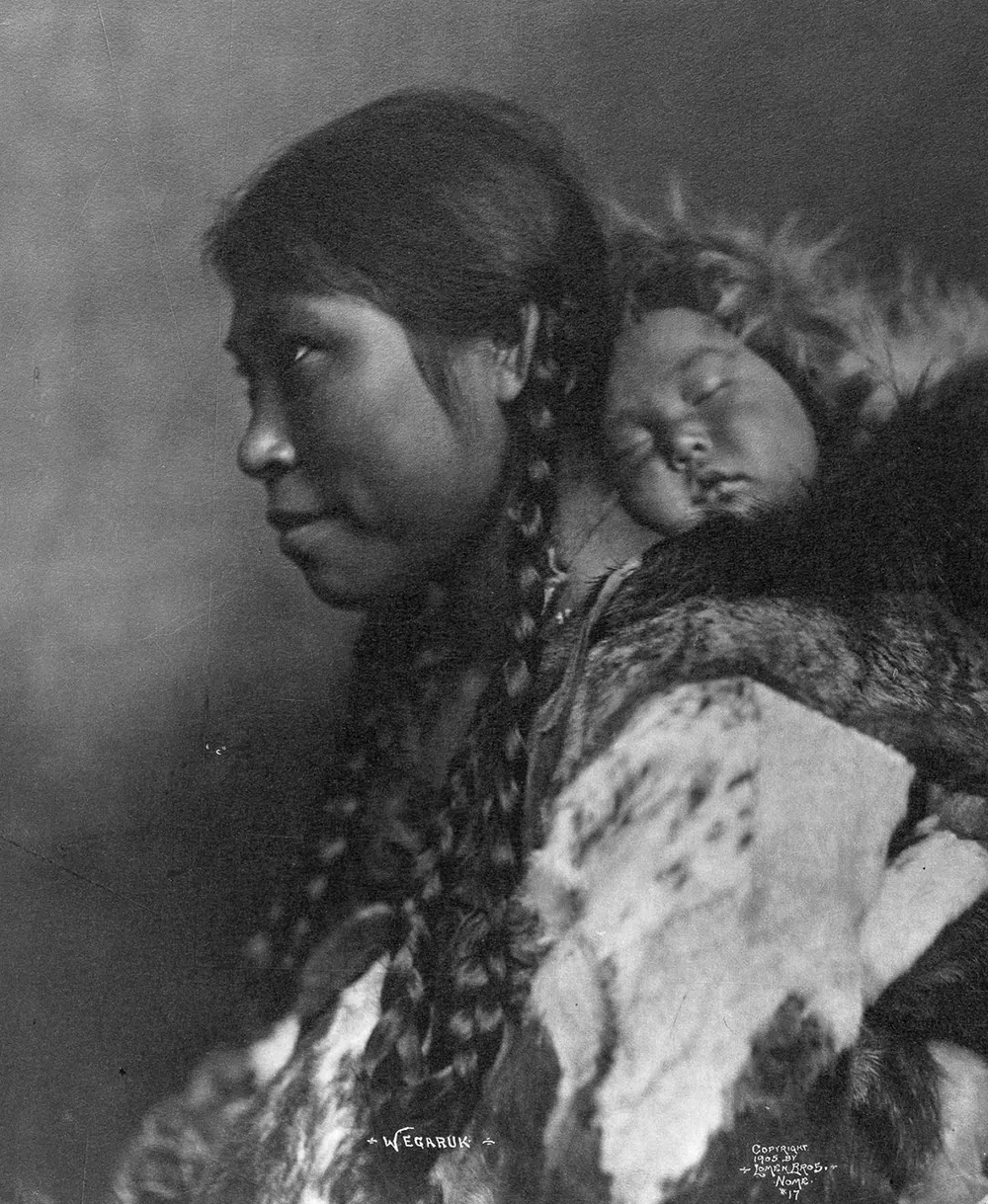
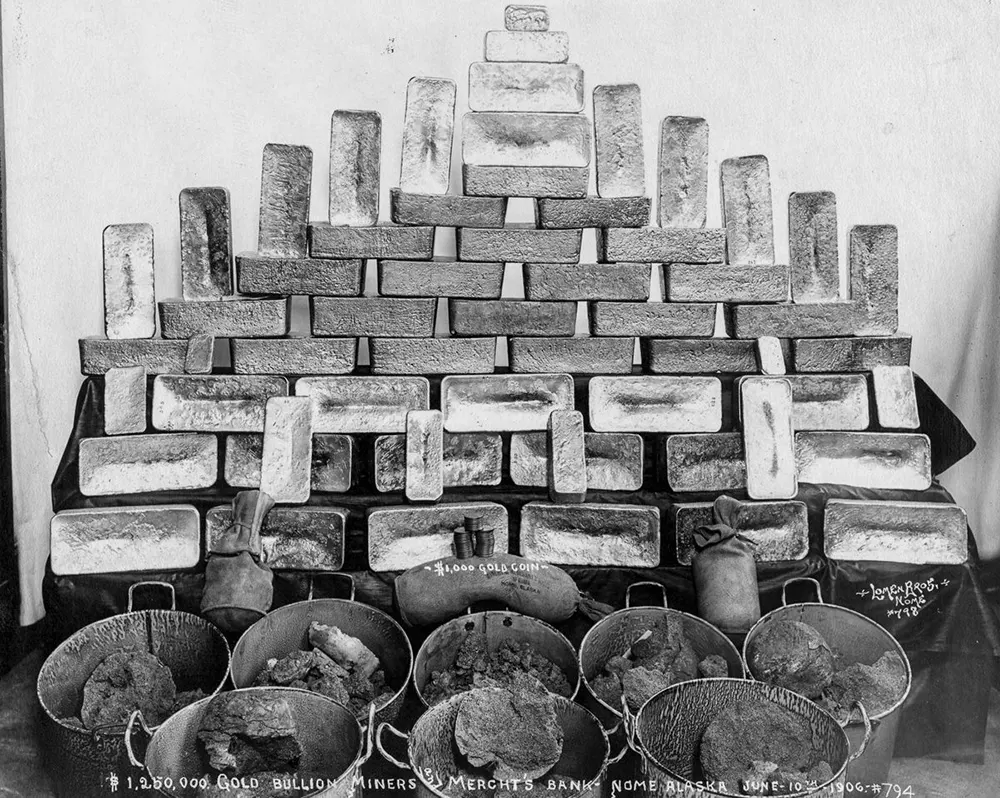
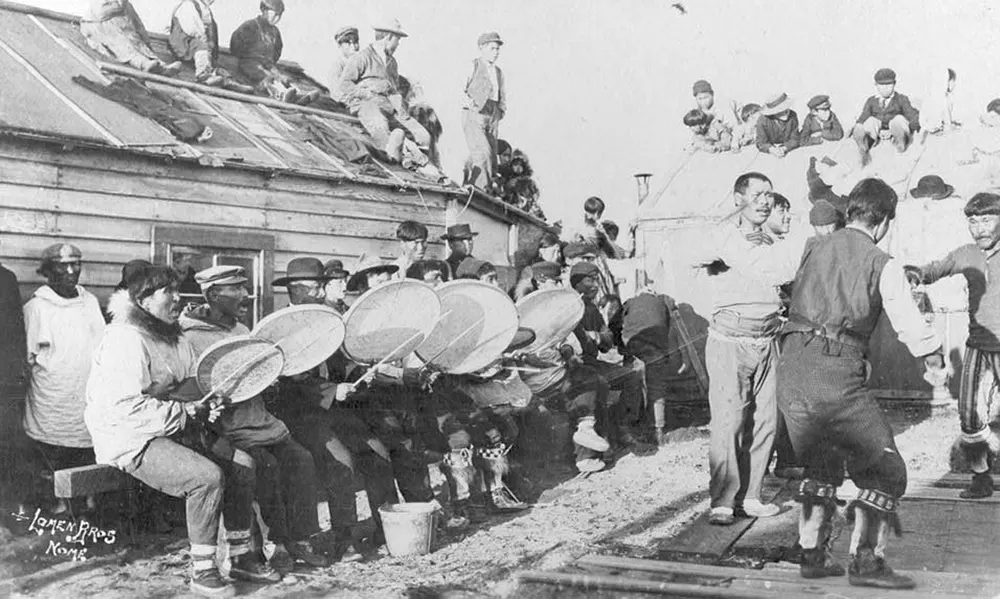

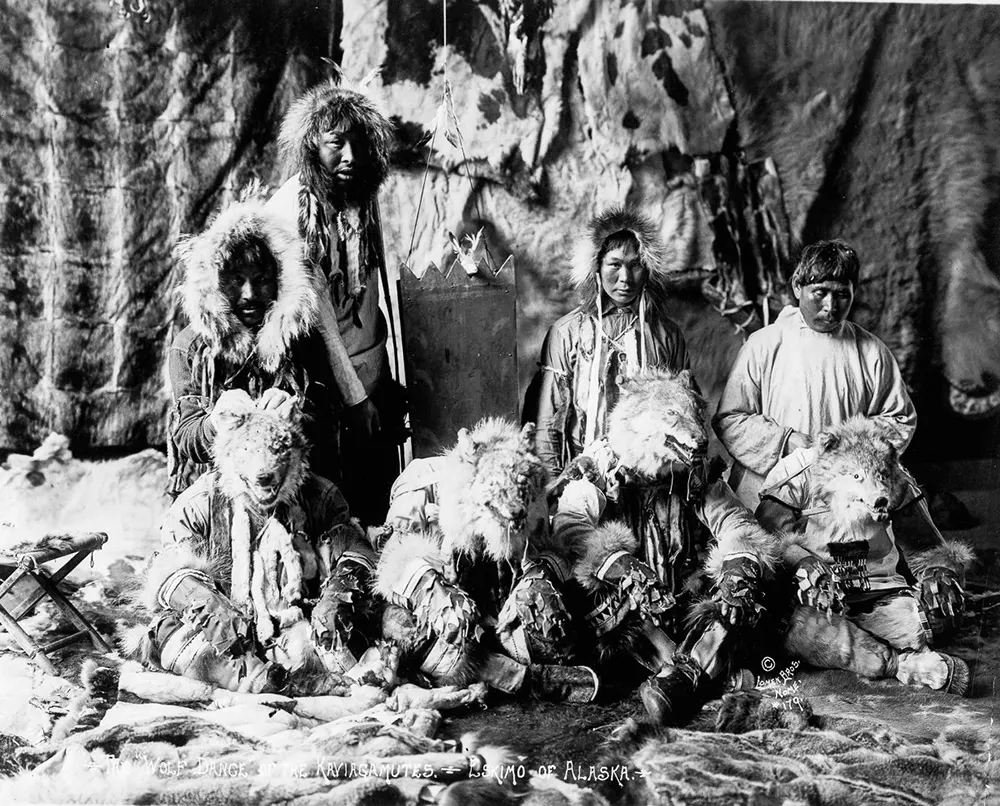
Video
Watch Keeping the Inuit Way of Life Alive in a Changing World on Short Film Showcase to see how the Inuit preserve their traditions in modern times.
